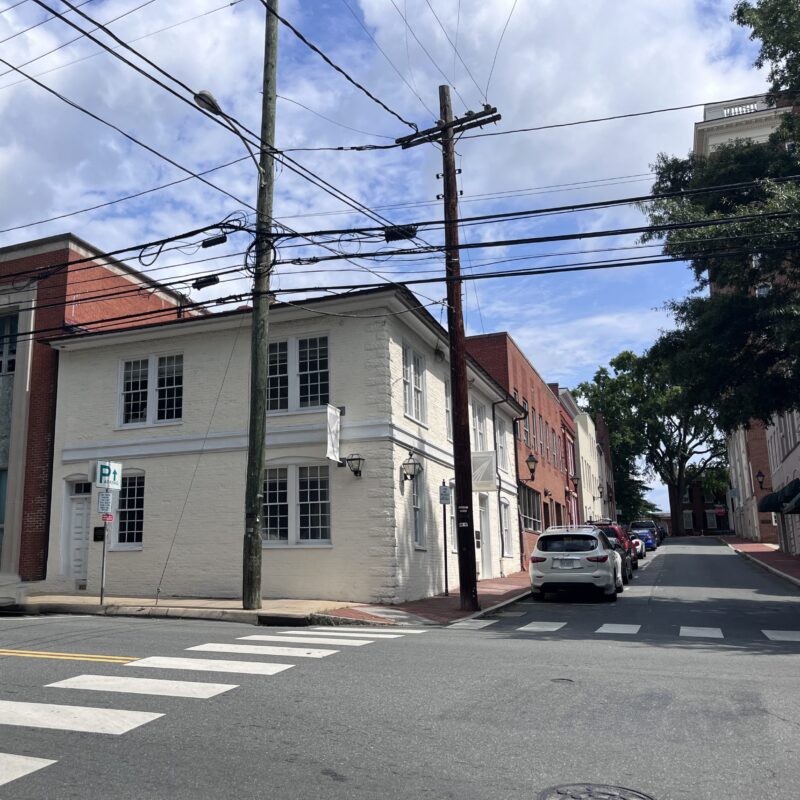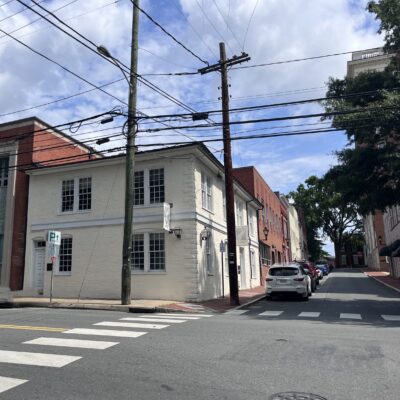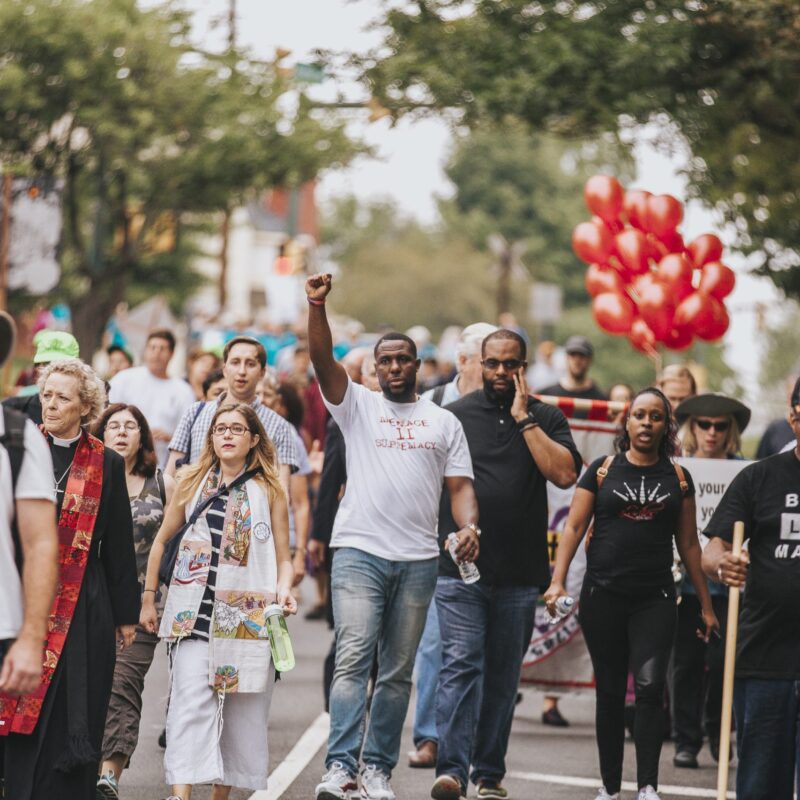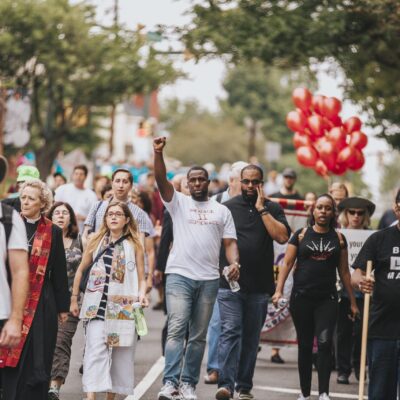| Feature articles:
Function is the new form Rock this town Fresh air Home style Democracy in design |
When you think of design in Charlottesville, you probably think of UVA’s Lawn and the Rotunda and Monticello and blah bity blah, blah, yeah, yeah, yeah. But do you also think of Booker T. Washington Park? Blue Light Grill? The Live Arts building? The silkscreened posters for the Wilco show at the Pavilion? You should. These works by local designers are changing the face and feel of the city in little pockets here and there. Yet, much of the press regarding local design seems to center around such massively entrenched institutional projects as the South Lawn and the John Paul Jones Arena and the very unproductive public debate: “What would Jefferson do?” Chances are that if Thomas Jefferson were alive today, he’d be too busy warning against the current state of executive power run amok or defending his affair with Sally Hemings on “Larry King Live” to care much about such irrelevant inquiries. So why, in 21st century Charlottesville, should we care whether this new red brick building blends with that old red brick building?
Turns out, many cutting edge local designers aren’t getting caught up in this type of pointless public debate either. They are going about their business and quietly revolutionizing the rest of town—taking it into, well, the 20th century at least—or else, they are finding clients outside of the Charlottesville bubble to feed their professional plates and getting national accolades while doing it. Quality design costs money after all, and the demographics and style preferences of the folks who actually have the cash and power around here (Hunter Craig? Patricia Kluge?) dictates many of the design choices in both our public and private spaces.
In this, C-VILLE’s first annual issue devoted to local design, we set about shedding some light on the industry and those high-minded designers—the architects, the interiors gurus, the graphic artists—and discovering what it’s really like to work not only in the shadow of Monticello, but in a smallish, Southern-ish town where the tyranny of traditionalism is apt to be a bit more tense and the market for modernism a bit more spotty. What we learned is that modernism may just be a state of mind and “traditionalism” a red herring. So read on about a few folks who may just redesign your whole attitude.
Design Annual Editor: Katherine Ludwig






